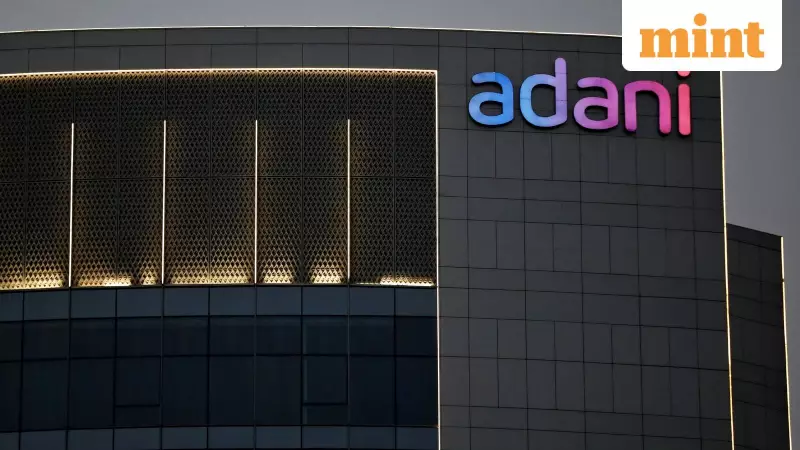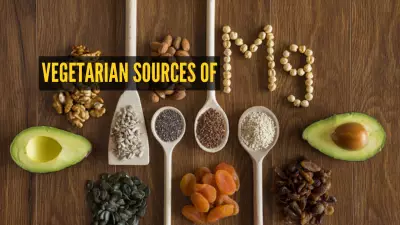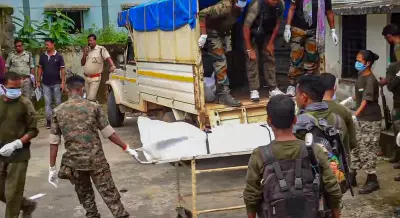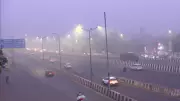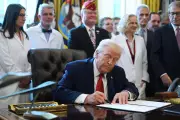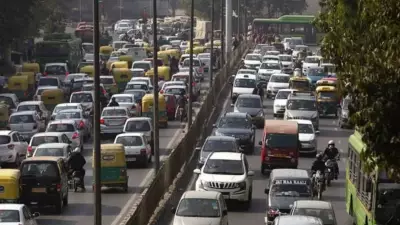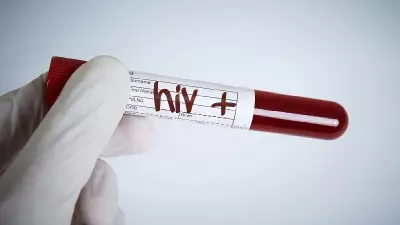Politics
3 Naxalites, Including Woman, Killed in Sukma Encounter with Security Forces
A woman among three Naxalites was killed in an encounter with security forces in Chhattisgarh's Sukma district on December 18. Police confirm the operation was based on specific intelligence.
Business
ICICI Prudential AMC Debuts at 20% Premium, Analysts Bullish on Long Term
ICICI Prudential Asset Management Company made a strong stock market debut with a 20% premium. The IPO was subscribed 39 times. Analysts recommend long-term holding. Read more.
World
Bangladesh Mourns: Yunus Urges Calm After Hadi's Death Sparks Protests
Interim leader Muhammad Yunus appeals for calm and declares state mourning after the killing of youth leader Sharif Osman Hadi triggers protests and vandalism across Bangladesh. Read the latest.
Entertainment
Pulp Fiction Actor Peter Greene, 60, Found Dead in NYC Apartment
Peter Greene, known for 'Pulp Fiction' and 'The Mask,' was found dead with injuries in his NYC apartment. Police investigate as friends deny suicide rumours. Read the full story.
Sports
Lifestyle
Health
Viral Kickboxing Video: Army Vet's Fitness Stuns Internet
A 61-year-old retired Lieutenant Colonel's intense kickboxing routine goes viral on X, drawing playful Mahatma Gandhi comparisons. Discover the story behind the fit veteran's discipline.
Diabetes Cases Projected to Reach 900 Million by 2050
New projections warn diabetes cases could hit 900 million globally by 2050, driven by modern lifestyles. Learn the causes, impacts, and prevention strategies to combat this silent pandemic.
Delhi roads see less traffic after GRAP-4 implementation
Delhi government reports a significant reduction in vehicular movement following the imposition of GRAP-4 anti-pollution measures. Read the full impact assessment here.
Six Kids Get HIV from Tainted Blood in Satna; 3 Suspended
Madhya Pradesh govt suspends three, including blood bank in-charge, after six children contract HIV via transfusion in Satna. Read the shocking details and official action.
David Caprio's Skin Cancer Scare: A Vital Warning
David Caprio, son of Judge Frank Caprio, shares a chilling skin cancer biopsy story. Learn about skin cancer risks, types like melanoma, and crucial prevention tips to protect yourself and family.
Technology
Get Updates
Subscribe to our newsletter to receive the latest updates in your inbox!
We hate spammers and never send spam



